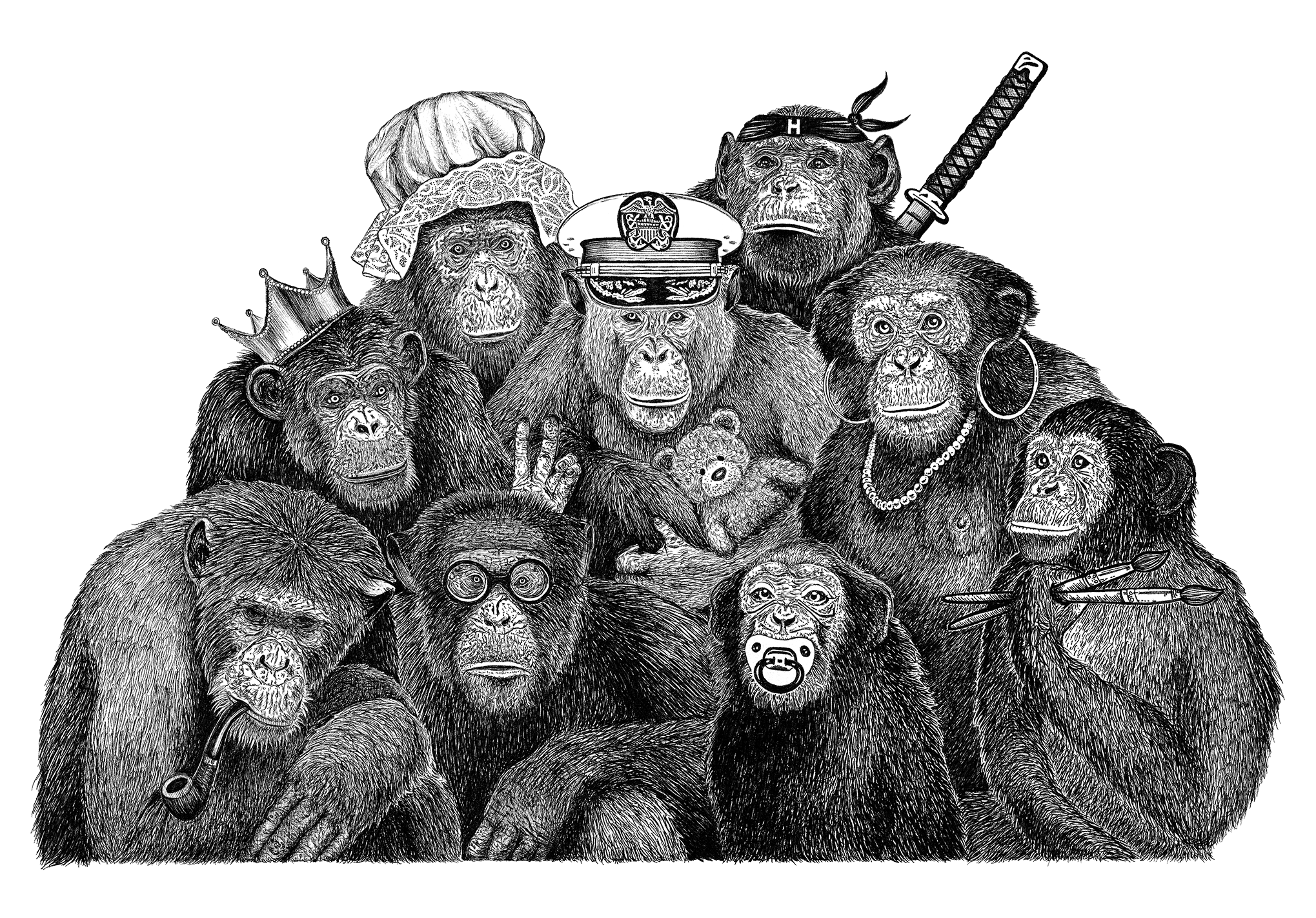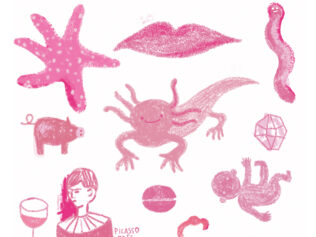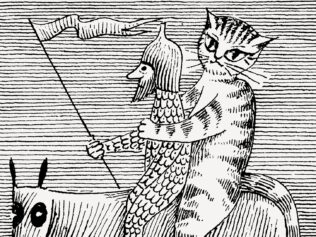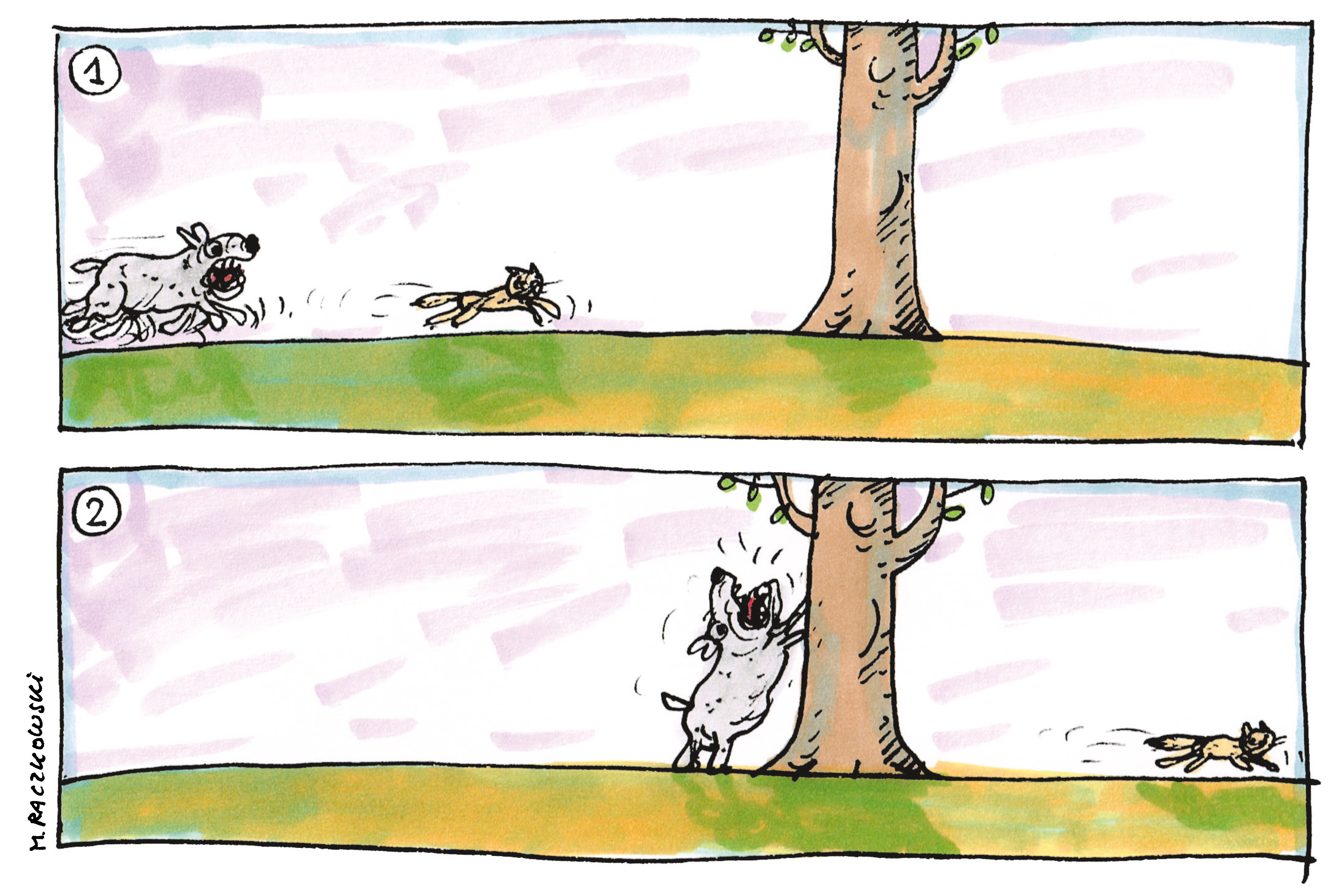
They really are a lot like us. They’re just as capable of deceit as we are.
My younger child once made a list of everyone he knows. As well as our family members and his classmates, our dog Zenuś was on the list too, as were Nikuś – “Danusia’s dog”, “Granny’s cats” and “Duńka’s cats”.
Unfortunately, adults aren’t always quite so sure of this communal world of people and animals. “Of course we communicate with animals,” a journalist recently agreed on the radio. “We recognize certain emotions in the way they behave, though we’re probably anthropomorphizing to some extent, but on the other hand there’s a very clear border, a barrier between us and animals.”
I’m aware of no such barrier. Quite the opposite ‒ all my life, I’ve felt that there’s no strict border between people and animals. And the cruelty that people inflict on animals is born of the belief that there’s a basic difference between us and them. Since animals are different, it’s all right to subjugate and kill them. It starts with not allowing dogs into shops and restaurants. It ends with transporting cows to the abattoir in a pitiless crush, hanging mounted deer heads above the door as trophies, and force-feeding geese through tubes because “foie gras is so delicious”.
It’s true that too much anthropomorphism can have negative as well as positive effects. You’re sure to have come across dogs like Tricki-Woo or Jip, as round as butterballs, because their master or mistress gives them a piece of chocolate every time the dear little creature “makes that pathetic face”. Every day around noon, my great-grandmother used to catch all of her cats and put them in airy cages – just for an hour, so they could have a rest. Each night, if any of the cats refused to eat, she’d feed it with a teaspoon.

But I prefer cats being forced to have an afternoon nap to dogs that are kept outside all year round on a three-foot chain, sleeping in their own shit because no one bothers to clean their pen, let alone fill their bowl with fresh water. In the vast majority of cases, treating animals in too human a way has better results than not treating them humanely enough.
Besides, they really are very like us. They play games purely for amusement, and not with just anyone. There’s no one my dog is as mad about as his lady-friend, Fisia. There’s no sexual interest whatsoever – Fisia has been spayed – just pure, unbiased friendship. They’re quite capable of manipulation. The real expert at that is our cat Rudas (‘Ginger’), who “didn’t come all the way to Warsaw from the south-eastern border just to eat only twice a day”. And they’re good at scheming. My mother had a little mongrel of Pinscher ancestry called Walerek, and whenever he was fed at the same time as the other two household dogs, both much bigger than he was, he’d start by taking the tastier bits and hiding them under the table. Then he’d go back and calmly eat with his pals, but once there wasn’t much food left and the situation was getting strained, he’d leave the bowl and eat up the morsels he’d hidden in advance.
The ultimate proof of the fact that animals are very close to us is their ability to deceive. For instance, the minute I get home, the cat and the dog are there to greet me in the doorway ‒ both very animated. The dog makes it very plain that he hasn’t been for a walk for hours and hours, and if I don’t take him out immediately his bladder will burst. Meanwhile the cat yowls horribly and casts me a look of reproach, as if to say: “How could you leave me to starve for all this time?”
So I drop everything (the emails and bank transfers can wait, the overdue articles even more so), toss the bag of shopping into the hall without unpacking it, and, still in my coat and outdoor shoes – because I’m just about to go out again anyway – I feed the cat. I have a battle stopping him from eating it straight out of my hand instead of waiting two seconds until it’s in his bowl. Then I hurriedly put on the dog’s collar and take him into the atrocious cold outside, which I’ve only just escaped, dreaming of nothing but a nice hot cup of tea.
Throughout the walk I wonder why my husband – in spite of his promise – didn’t feed the cat and take the dog out before leaving the house. I dutifully walk around the block. I’m only faintly annoyed when for the umpteenth time Zenuś runs up to the stairwell where someone regularly scatters lots of dry bread – in theory for the birds, in practice for my dog and others of his kind with a weakness for stale buns.
Finally I get home. Before I’ve had time to take off my coat, my husband comes in. “Why did you take the dog out?” he asks. “I took him for a walk half an hour ago. I hope you didn’t feed the cat.”
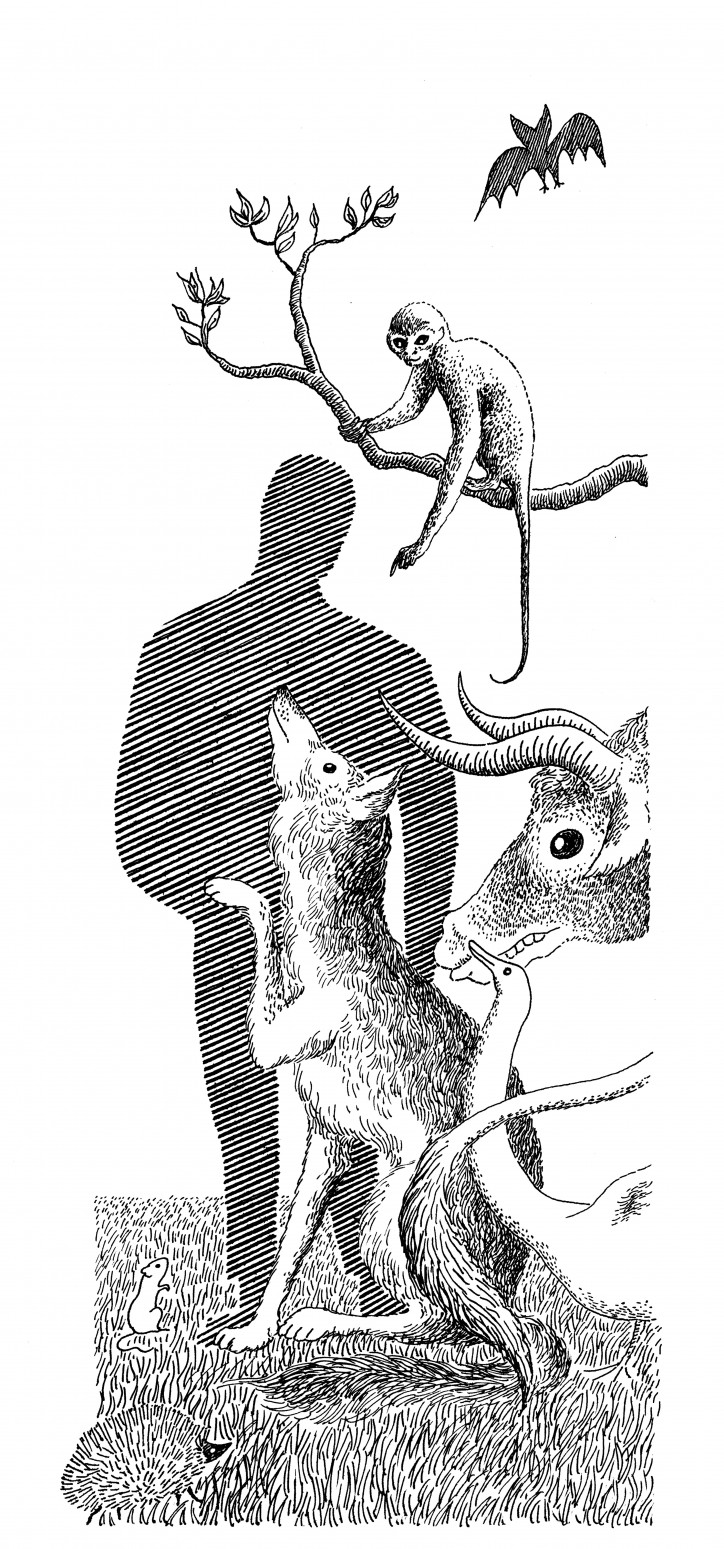
Translated by Antonia Lloyd-Jones





